Dream Chamber 1976
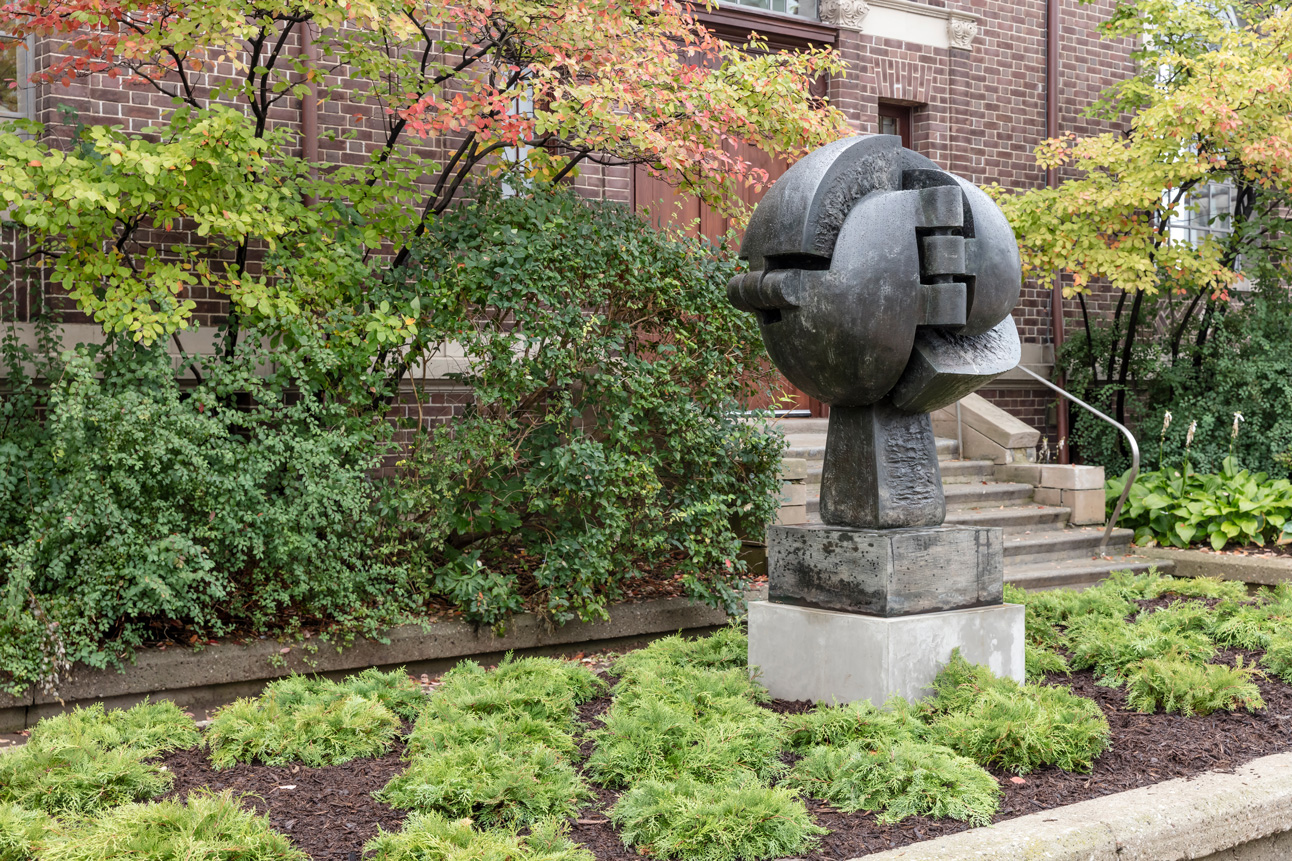
Sorel Etrog, Dream Chamber, 1976
Bronze, edition of 3, 157.5 cm (h)
MacLaren Art Centre, Barrie, Ontario
Dream Chamber is arguably the most important sculpture of Etrog’s Hinges period (1972–79). Like other examples from this creative moment, where the structural device is used to connect different elements, it embodies the idea of representing motion through a work that cannot move.
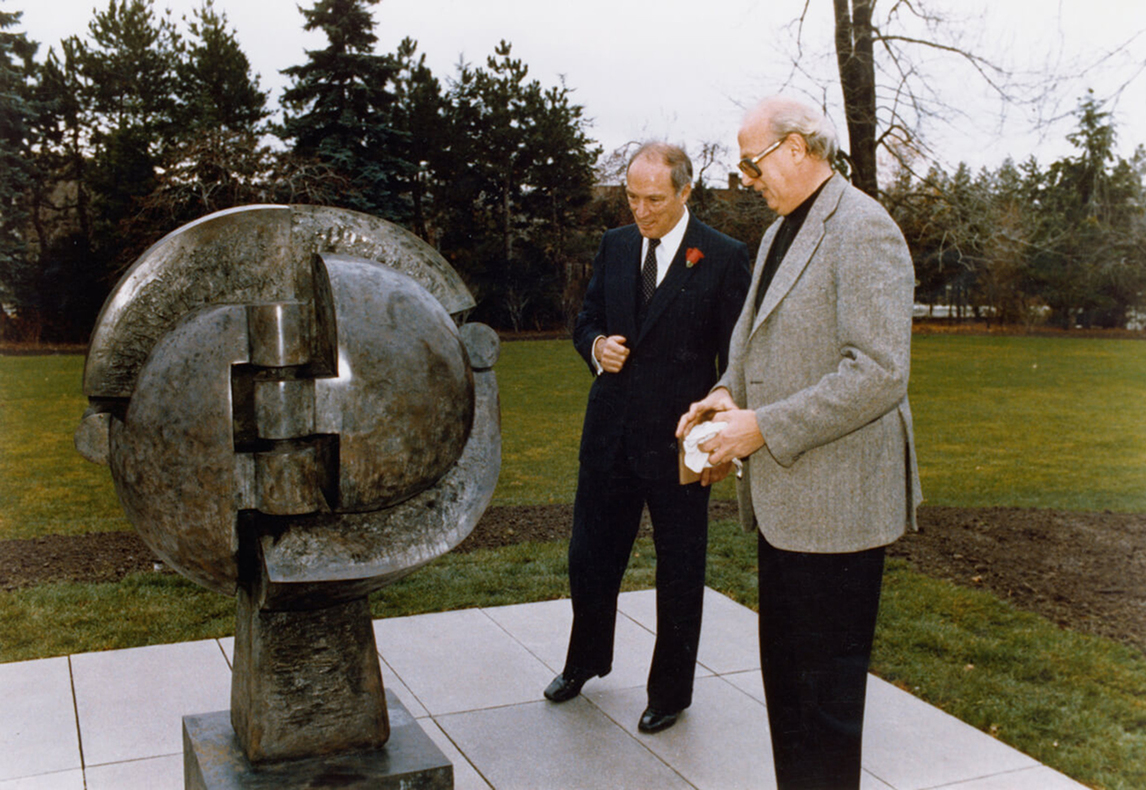
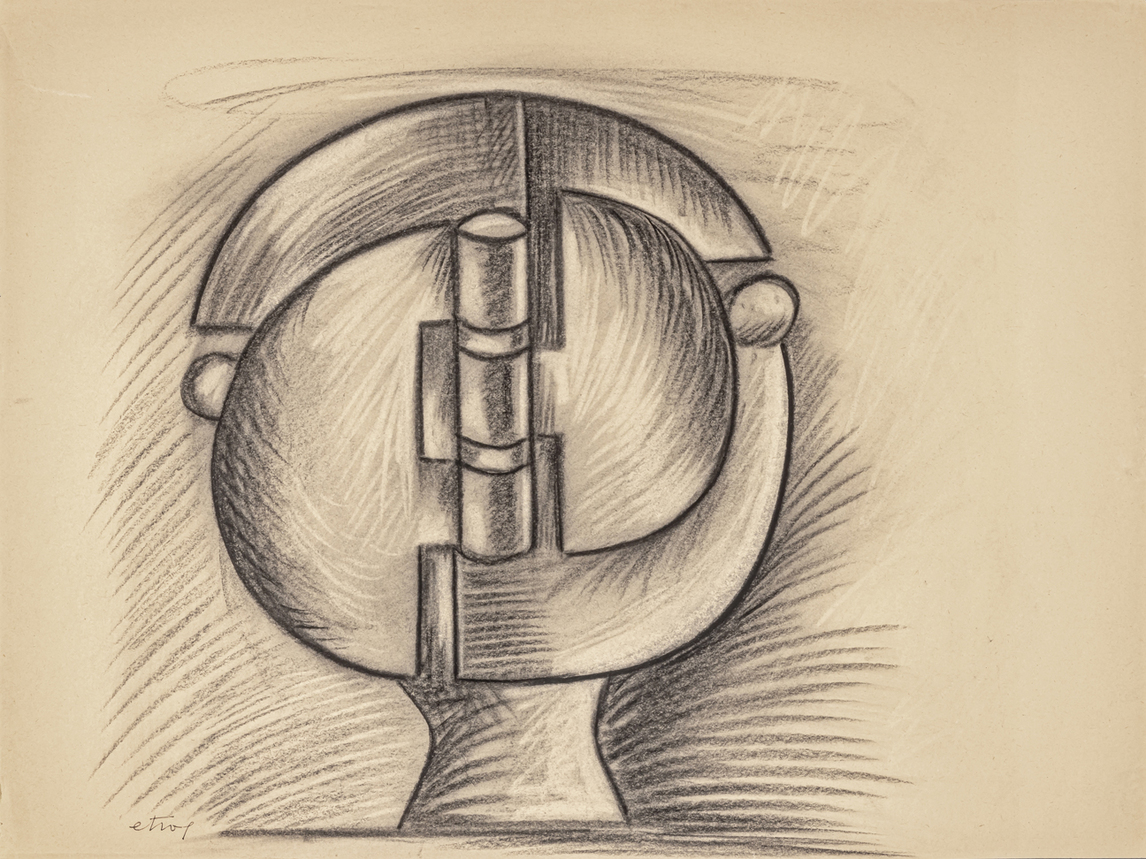
Dream Chamber—which was lent to Prime Minister Pierre Trudeau in 1983 and located until the summer of 2017 in the garden of the Canadian prime minister’s official Ottawa residence at 24 Sussex Drive—is a globe whose surface is composed of several hinged doors waiting to be opened. This is of course not possible, as Dream Chamber’s rounded sphere is permanently locked, its hinges forever closed. The sculpture’s form and name suggest the existence of an inner world that is always inaccessible to the viewer.
While Etrog characterized Rushman, 1974–76, another important work from the Hinges period, as an Extrovert piece for its exploration of movement in an open space, Dream Chamber belongs to a group that Etrog called Introverts, “a tongue-in-cheek reference to their closed forms.” In the artist’s view, these sculptures contained “inner chambers [that] have a mysterious existence, where memories and images from dreams are stored.” He went on to describe how in this body of work “the hinges only suggest the possibility that the ambiguous inner world may be opened and revealed.” For Etrog, it was necessary that certain doors remained sealed.

 About the Author
About the Author
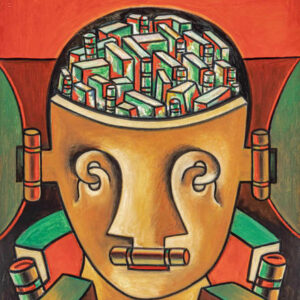 More Online Art Books
More Online Art Books
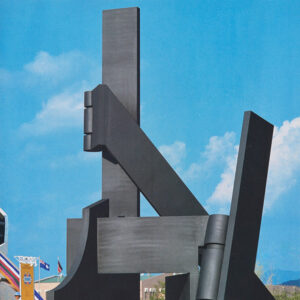 Acknowledgements
Acknowledgements